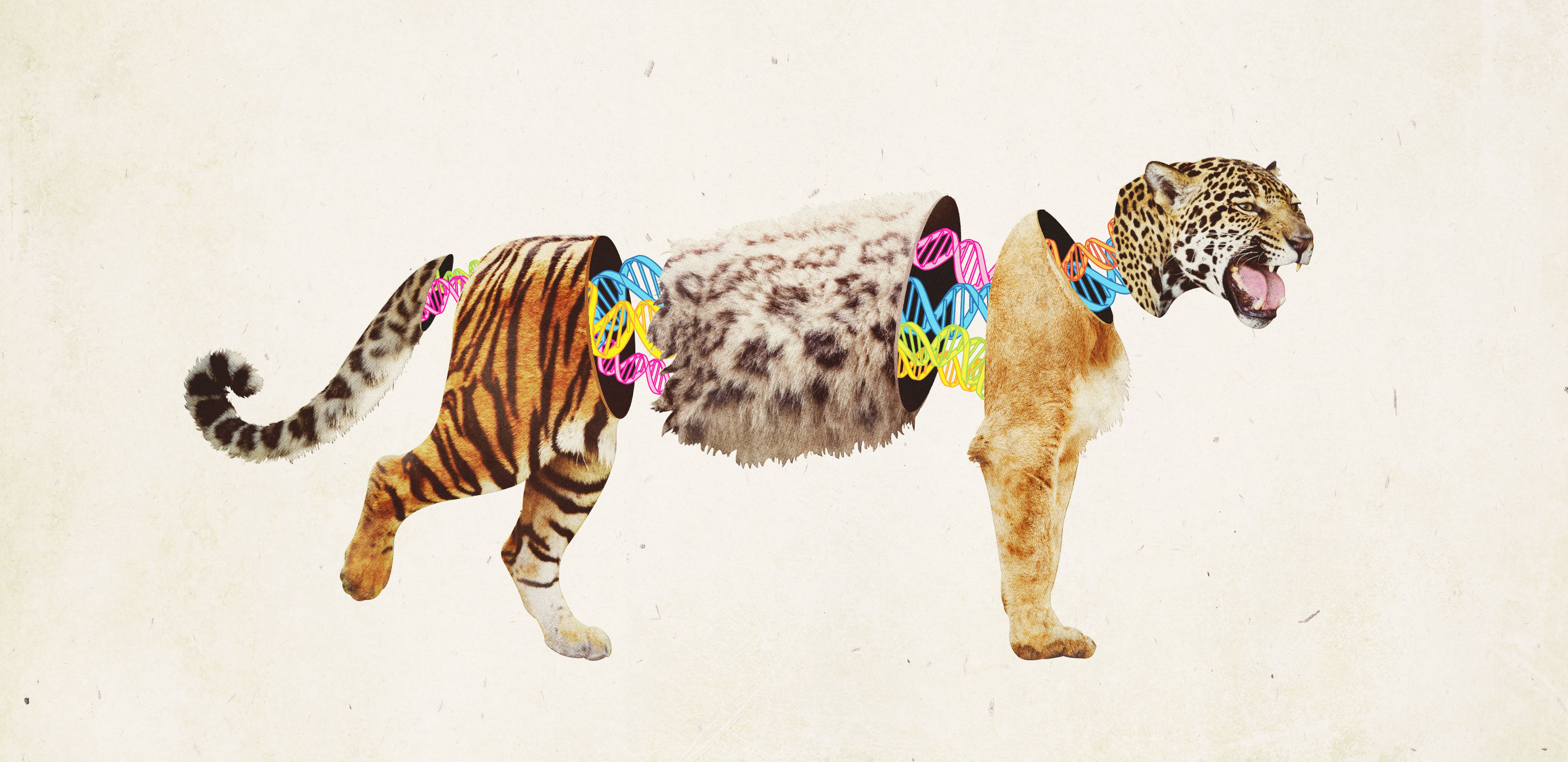Mammalian Hybrids – Zoology Notes – For W.B.C.S. Examination.
স্তন্যপায়ী বর্ণসস্কর – প্রাণিবিদ্যা নোট – WBCS পরীক্ষা।
A wide variety of mammalian hybrids are listed by category below. Mammal hybrids are much more numerous and far more diverse than many people imagine. They occur both in captivity and in a natural setting. Moreover, although it’s also contrary to popular belief, it’s a well-established fact that many hybrids can produce offspring.Continue Reading Mammalian Hybrids – Zoology Notes – For W.B.C.S. Examination.
The term Hybrid, according to the Oxford dictionary, was first used in 1601 to describe the offspring of a tame sow and a wild boar, hence also a half-breed. More specifically, hybrids are the results of crosses between different animal species and best known for their utility are the mule and the hinny, the offspring of horse × donkey matings. Hybridization between different mammalian species has been described to occur in nature but much more commonly it is the result of intentional breeding programs or it has occurred in zoos where sexual experience of various species living in the same enclosure is limited to members of other species. Descriptions of numerous hybrids have been accumulated in the admirable collective review by Gray (1954). In addition, this monograph gathers some information on attempted but unsuccessful hybridization and, also, it gives the limited information available on the fertility of these crosses.The term Hybrid, according to the Oxford dictionary, was first used
in 1601 to describe the offspring of a tame sow and a wild boar, hence
also a half-breed. More specifically, hybrids are the results of crosses
between different animal species and best known for their utility are the
mule and the hinny, the offspring of horse X donkey matings. Hybridization between different mammalian species has been described to occur in
nature but much more commonly it is the result of intentional breeding
programs or it has occurred in zoos where sexual experience of various
species living in the same enclosure is limited to members of other
species. Descriptions of numerous hybrids have been accumulated in the
admirable collective review by Gray (1954). In addition, this monograph
gathers some information on attempted but unsuccessful hybridization
and, also, it gives the limited information available on the fertility of
these crosses.
While heterosis, i.e., hybrid vigor, is expressed in some such animals,
this is by no means universally true. Indeed, many crosses have produced
inferior animals and a disturbed sex ratio has often been reported. What
factual information on this point is available from the literature and his
own experience has been summarized by Craft (1938). He finds evidence
of a reduction of the heterogametic sex (in mammals this is the male)
but no sound explanation for this inconstant phenomenon could be
given. So far as heterosis is concerned, the best known hybrid is the mule
whose hardiness and usefulness has led to the production of literally
millions which have served mankind before the age of the motor industry. The beneficial results derived from judicious interbreeding of cattle
have been discussed extensively by Rife (1965) and wool production can be enhanced by hybridization of the American camelidae. Other hybrids
(zebroids, tiger X lion, dog X wolf, etc.) have served only as curiosity
items in zoos or they were exploited for scientific purposes.
It has long been of interest that some such interspecific hybrids fail to
reproduce despite vigorous breeding attempts and no apparent defect in
mating behavior. This is true particularly for the equine hybrids and it
has been a frustration to those who wished to establish “a line” of mules.
In other hybrids, no barrier to reproduction exists and it has been noted
that the phenotypic disparity of the parental species does not obviously
govern whether or not a hybrid is capable of reproduction. Numerous
mechanisms can be envisaged on theoretic grounds which could account
for these differences in performance; however, only few of these have
been explored systematically in recent years. Potentially, such studies are
of considerable interest. They may enhance our understanding of the
taxonomic relationship among various species, give clues regarding
evolutionary mechanisms and, perhaps they will lead to a better understanding of gestational and placental physiology.
One possible reason for sterility of interspecific mammalian hybrids is
chromosomal and this has been well explored in lower species (Stebbins,
1958). If the parental chromosome structure is too much at variance, it
is likely that synapsis at first meiotic division is incomplete and gametes
fail to form. Similarly, too great a divergence of chromosomal structure
and, more importantly, function (i.e.) enzyme and protein determination)
may be an important limitation of the feasibility of the production of
hybrids, let alone their gonadal function. It must be cautioned, however,
that direct evidence for this is difficult to obtain in mammals, as placental
and other gestational functions may also be incapable of sustaining
growth of the hybrid. In this connection the controversial sheep X goat
hybridization experiments (Craft, 1938) are of great interest. More
recently, Berry (1938) found that 45 per cent of his goats became pregnant
when inseminated by a ram; however, they all aborted before 145 days,
while 5 living embryos were recovered between 30-65 days. From these
embryos and sheep and goat amnions this author and Shiwago (1931)
correctly determined the chromosome number of the species: goat (Capra
hircus) 2n = 60, sheep (Ovis aries) 2n = 54, hybrids 2n = 57. Hancock
(1965) has confirmed these findings recently and discusses the alleged
success in Bulgaria of such crosses. He envisages, i.a.) that immunological
recognition by the mother of the foreign paternal genotype may be the
barrier. \l\Thile trophoblast can be “recognized” if it is transplanted to a
foreign host (e.g.) human to hamster cheek pOlich), experience with equine
hybrids does not lead to placental rejection and a more detailed study is
needed of sheep X goat hybrids before such generalizations can be
applied.
Please subscribe here to get all future updates on this post/page/category/website


 +919674493673
+919674493673  mailus@wbcsmadeeasy.in
mailus@wbcsmadeeasy.in







































































































